By JANINE FINNELL, MIRIAM GENNARI, and TRAVIS HIGH
This article is based on an interview with Janine Finnell, Clean Energy Ambassador and Founder, Leaders in Energy, by Miriam Gennari, host of the Arlington Weekly News’ Sustainable Scoop (based in Arlington, Virginia) on July 8, 2015. The interview can be found at: https://leadersinenergy.org/presentations/videos/
Miriam Gennari: Can you tell us about Leaders in Energy and yourself?
Janine Finnell: Thank you, Miriam, for inviting me to be on your wonderful program to talk about one of my favorite topics, the Leaders in Energy group.
I founded Leaders in Energy because I wanted to connect with other clean energy and sustainability professionals who are concerned about issues that are facing our society and planet and who want to make a difference. I believe that I can make a contribution, and I wanted to connect with others who feel that way, too. It seems like every day I pick up the newspaper and read disturbing news about how we are pushing the boundaries of our planetary life support systems and exceeding our limits. I mean just yesterday, I heard about how Lake Mead is currently over 150 feet below full capacity and how this is impacting the power production of Hoover Dam in the west.
At the same time, I am also reading about exciting technological developments where prices are coming down, e.g., solar; new innovation in small modular nuclear technology, microturbines, fuel cells, algae production for fuels and to absorb carbon, and, so many others. So how can we unleash and foster economic transformation that regenerates, rather than destroys the planet and get more people working in clean energy and clean economy jobs. How can we grow business, economic development, and entrepreneurship opportunities in our local areas, and then in regions, nationally, and internationally?
Our group connects people who are interested in working in the green jobs arena and who want to be engaged in these issues. We are really working to build a community of thought and “can-do” leaders who are interested in working in building positive change and impact.
We help people to connect on clean job, partnership, and collaborative research opportunities to help move our society in a positive direction. We have 1,600+ members in the Leaders in Energy LinkedIn Group and over 1,000 on our Washington DC mailing list.
I describe myself as a Clean Energy Ambassador because I have been working my entire career on these issues as a researcher, strategic planner, program analyst, and manager. I started working at a state energy office after graduate school, then joined the U.S. Agency for International Development and worked on international energy projects and consulted for U.S. Department of Energy through my work with DynCorp International, IBM, and others. My experience enables me to broker relationships with many different stakeholders in business, government, nonprofits, and higher education.
MG: You built an enormous network of people interested in energy, from low emission biofuels to renewables. Is it difficult to find common ground with so many competing perspectives?
JF: It can be difficult to find common ground and at times our on-line group discussions reflect these differences because our group reflects a microcosm of the larger society…whether it be over subjects on fracking, or whether a carbon tax or carbon cap is the best policy and other topics. As the moderator at times I have had to remind people to be respectful and professional.
Our goal though is to not get polarized and to be open-minded to all energy technologies and solutions to move our society forward. There is not a “one size fits all” solution because many energy resources, existing infrastructure, and consumption needs vary so much by region. We will need many different approaches and energy solutions in the future. That’s why we are looking for people many different backgrounds to shape our network.
MG: As the Founder for Leaders in Energy, you have organized some cutting edge events with experts from research, business, and various sectors of government. When you have a group like that together, can these groups ever work together to create a sustainable energy economy?
JF: We have had a number of wonderful events this year with universities, industry, private sector groups, and entrepreneurs. Topics have included green jobs, where we had a spotlight on four members who found jobs through our group. Another event focused on the circular economy, which encourages new business models and the smart reuse of resources rather than their disposal. We collaborated with Potential Energy DC, which is an energy technology incubator in our area on their on their Energy Technology Petting Zoo, featuring energy entrepreneurs.
Collaboration with other organizations is a big part of our strategy to help foster positive change through event sponsorships and speaking engagements. I brought a slide from our most recent event on the evolving bioeconomy and renewable fuels held at the DC Convention Center in June. At that event we had five collaborating organizations as well as speakers from USDA, DOE, industry, and entrepreneurs.
The slide also includes a photo of our audience. We have “360 degree” focus inclusive of all ages, geographies, ethnicities, and gender. Our members range from people completing graduate school, those in early- and mid-career, to those in their second and third act to highly accomplished professionals. We try to encourage a cross-fertilization of people meeting and exchanging ideas at our events.
You never know who you will run into and what will materialize.
In fact, I met the moderator of our June event at one of our earlier events a year ago, and we discovered we had mutual interests in bioenergy, and he ended up masterminding the bioeconomy and renewable fuels event! We are also seeking to identify and collaborate with partners on research and development projects that will result in tangible benefits to further the development of a sustainable energy economy. Anyone interested can get in touch with me at jfinnell@leadersinenergy.org.
MG: How have you stayed motivated to continue on what seems like a quest for a replacement to fossil fuels, when we are still seeing so many people demanding we double down on the dirty carbon model?
JF: I am encouraged by the potential for hybrid energy systems, which use both renewable and fossil fuels. One example of this is the Martin Next Generation Hybrid Solar Plant operated by Florida Power & Light, which uses a combination of solar energy and natural gas. Solar components operate the plant when there is sunshine and are then backed up by natural gas. This system uses parabolic solar troughs – a system of pumps and mirrors that produces electricity in conjunction with natural gas turbines.
I am also excited about microgrid technology, which is basically decentralized power generation that, instead of how we turn on our lights by mainly relying on a central station power plant, is produced closer to where it is used, like with solar panels on homes, fuel cells, or microturbines. Distributed energy is part of a solution to help businesses and communities become more resilient to extreme weather events. For example, when much of lower Manhattan was in the dark after Hurricane Sandy, most of New York University’s campus had electricity, heat, and hot water – thanks to the university’s own distributed power system.
MG: Finally, when, if ever, will consumers learn to value energy as a limited resource? What will it take to get consumers to change their behavior?
JF: I think we need better education and information systems. I remember listening to the physicist, David McKay, who teaches physics at Cambridge University in England, on one of his TED talks. Even though he is an energy expert, he admitted he did not have a good handle on how much energy he was using personally. Once he started tracking his use, he was able to reduce it drastically. It’s like when a person is on a diet, where once they start keeping track of the foods they are eating, they become more aware of their consumption!
This is interesting, Miriam, because we have an example of this here in Arlington, Virginia with the company Opower that works through power companies to provide consumers with info so they can see how they compare to their neighbors in similarly sized households. Opower helps people to reduce energy consumption by letting them know when they are using the most amount of energy so they can work on ways to shift energy use or reduce it.
In terms of consumers learning the value of limited resources, we can see some of this happening in the west in regard to water. Hurricane Sandy has been a wake-up call for many. Here in Virginia, the City of Norfolk is being impacted by sea level rise. It is good to see the Governor of Virginia speaking about climate change, and he is focusing on a clean energy plan for our state. We are starting to see some encouraging signs. We have the United Nations Paris talks coming up in December – so we will see what happens with that, but I think that clean energy has to be part of any discussion on climate change.
MG: How can our viewers learn more about Leaders in Energy?
JF: Thank you, Miriam, for giving me the opportunity to discuss these topics and to let your viewers know about the Leaders in Energy group and the work that we are doing to connect others in this space who are interested in making a difference. For those who are viewing this program, please check out our group at our website, LinkedIn group, LinkedIn company page, Twitter, Facebook or by attending one of our events – we would love to connect with you. You can find us at https://leadersinenergy.org.
MG: Janine, would you be willing to come back to our show and bring along other members of Leaders In Energy you would like to spotlight?
JF: Miriam, I would be happy to return with other members from our group to discuss additional clean energy and sustainability topics.
This interview can be found at: https://leadersinenergy.org/presentations/videos/
[1] Highlights from this interview were also reported in “Reaching Out to Clean Energy and Sustainability Practitioners to Drive Change” in the Leaders in Energy Blog. See: https://leadersinenergy.org/reaching-out-to-clean-energy-and-sustainability-practitioners-to-drive-change/


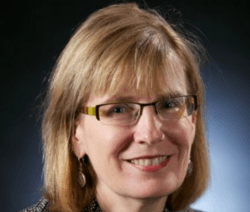
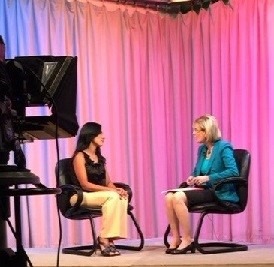
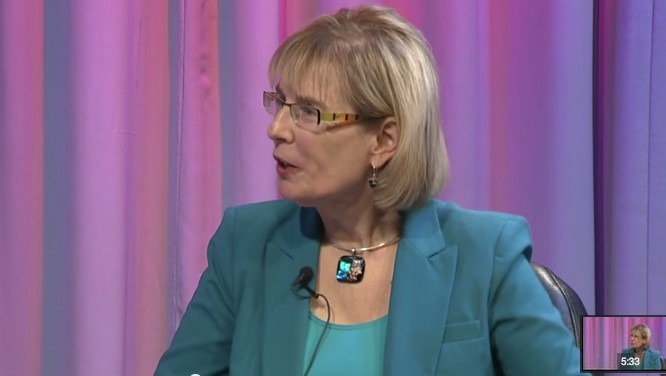
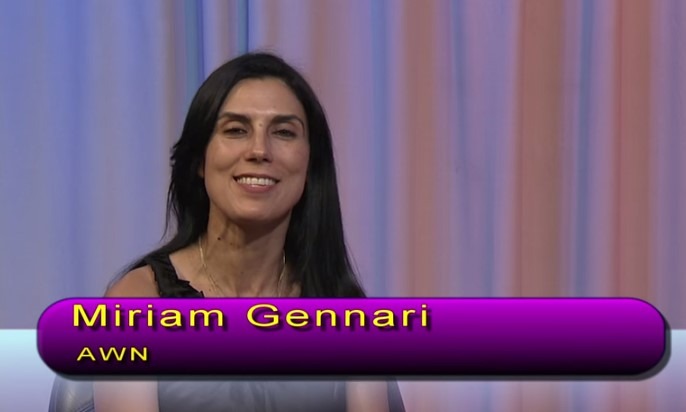
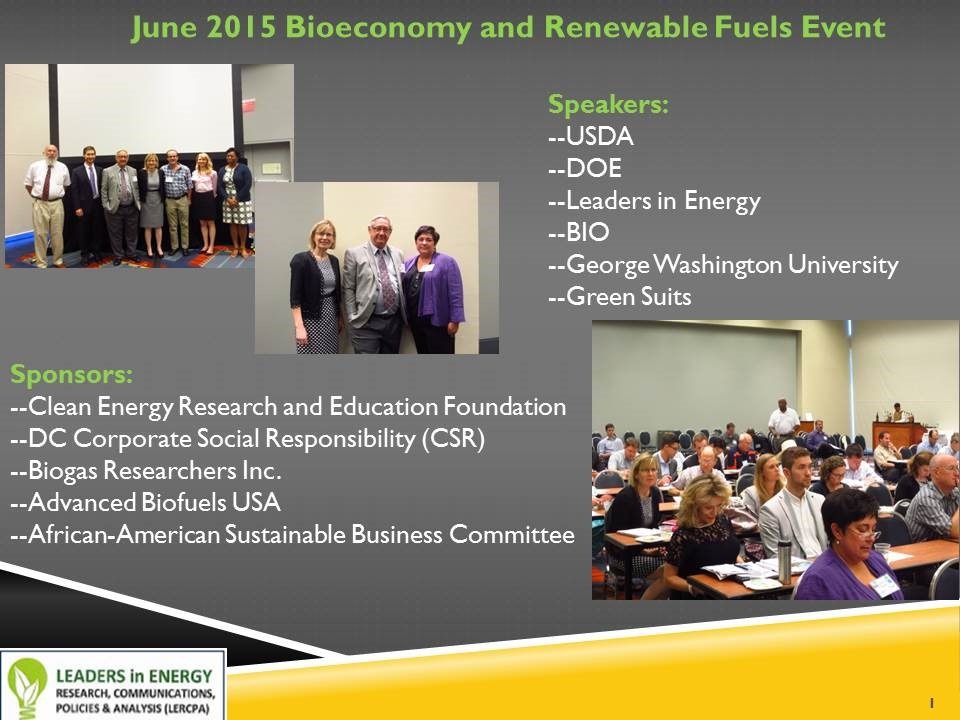

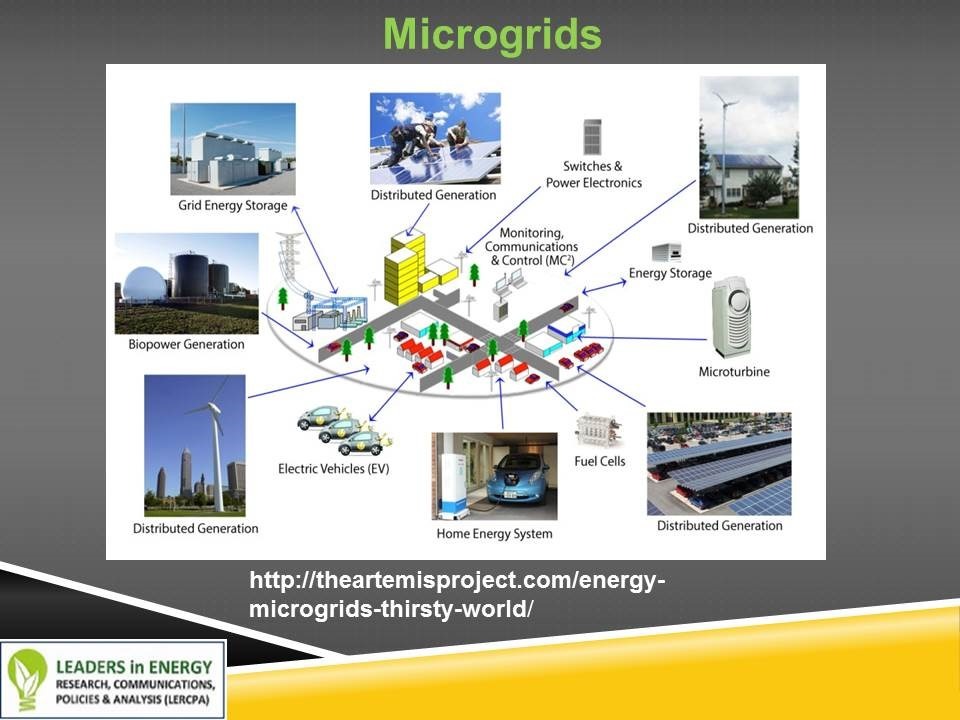
Leave a Reply